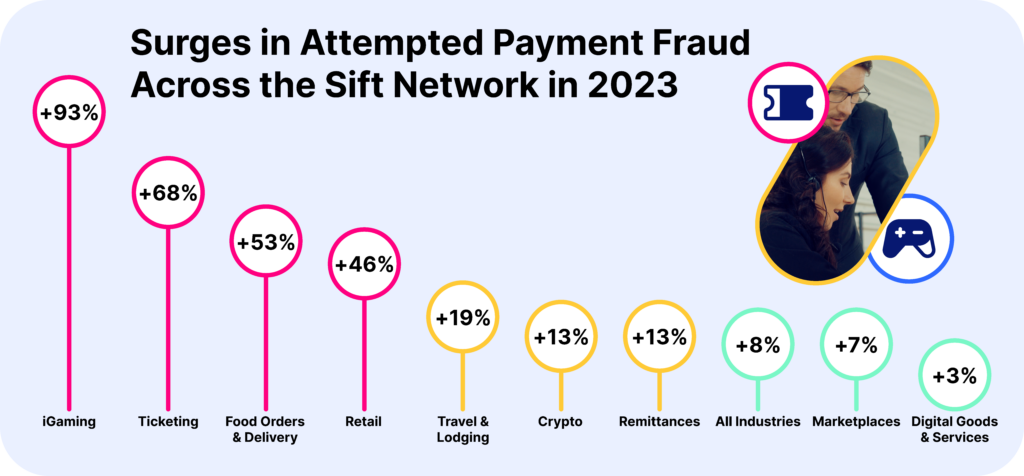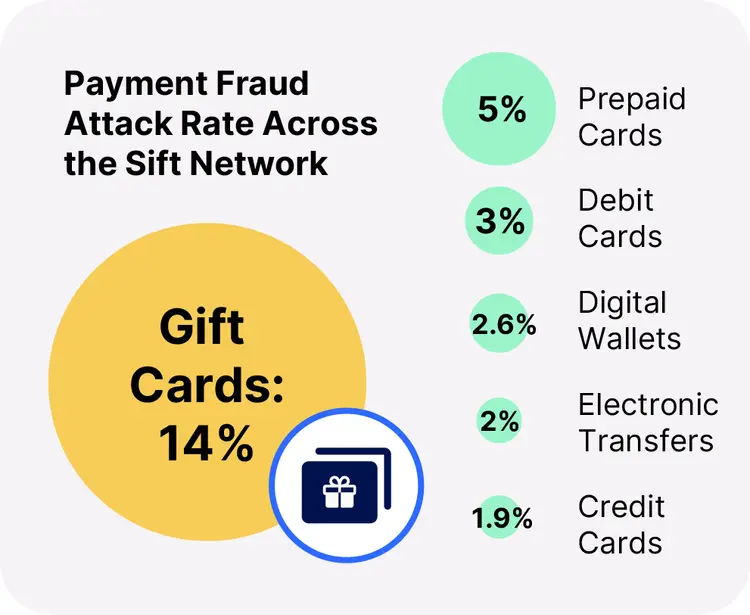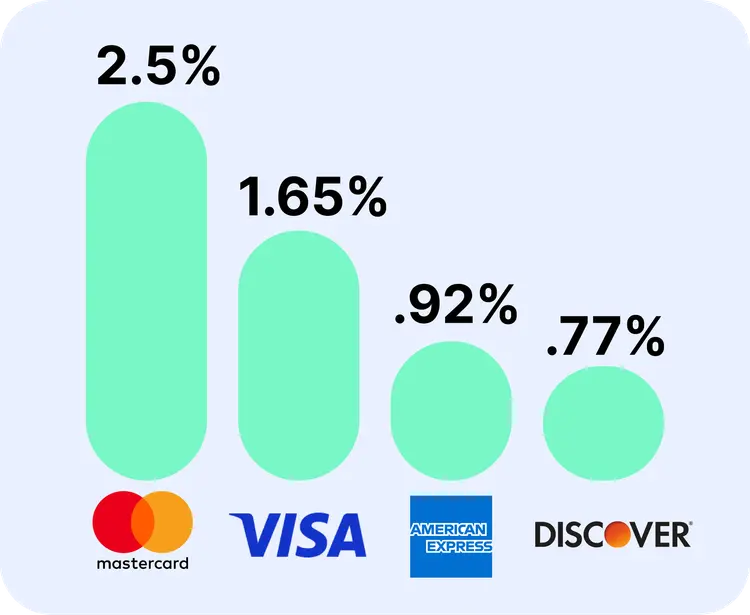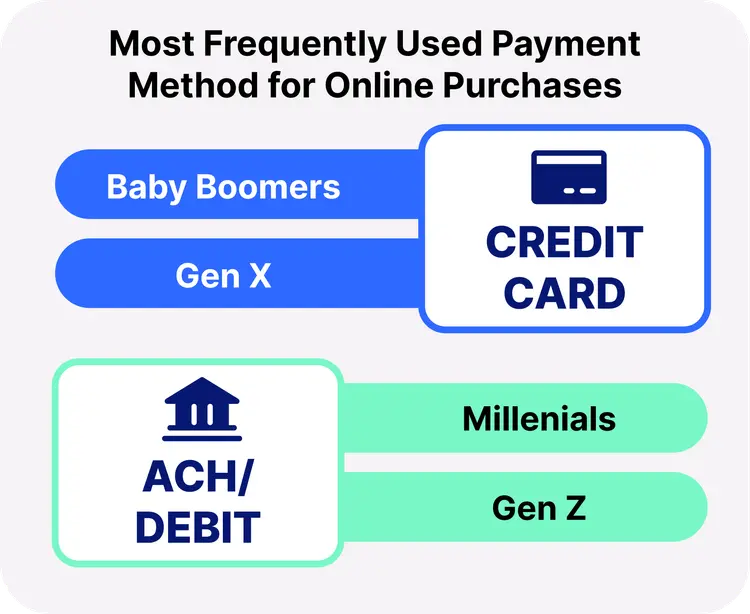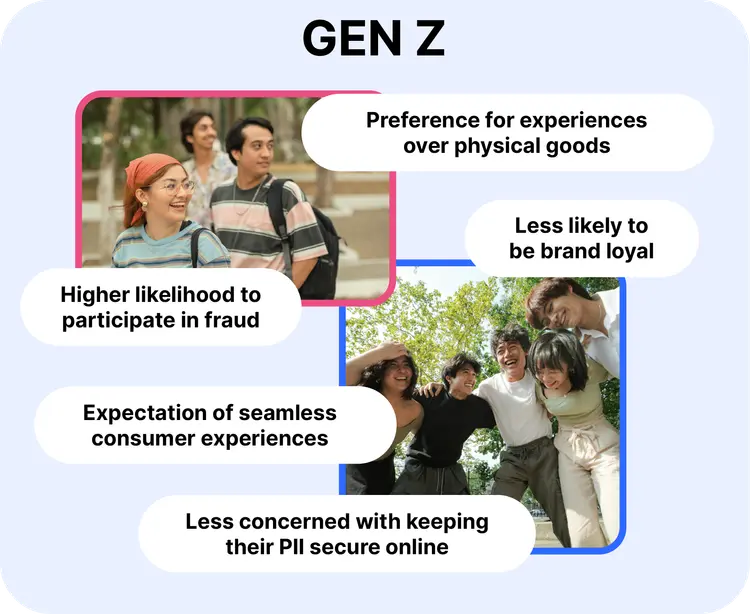Merchant losses due to payment fraud reached $38 billion in 2023, and are expected to soar to a total of $362 billion by 2028. The start of 2024 brings increased economic pressure to both consumers and businesses, driven by persistent inflation and high interest rates.
Economic anxiety has led to a shift towards value-seeking behavior, with shoppers preferring to purchase cheaper goods and services and “dupes” over premium brands. The macroeconomic backdrop is expected to remain unpredictable, with global events creating turbulence and increasing the likelihood of scams—many of which could be upleveled by generative AI.
As consumer spending habits evolve and fraud becomes more advanced and nuanced, businesses must uplevel their fraud decisioning, and operations as a whole, in order to grow fearlessly.



